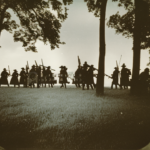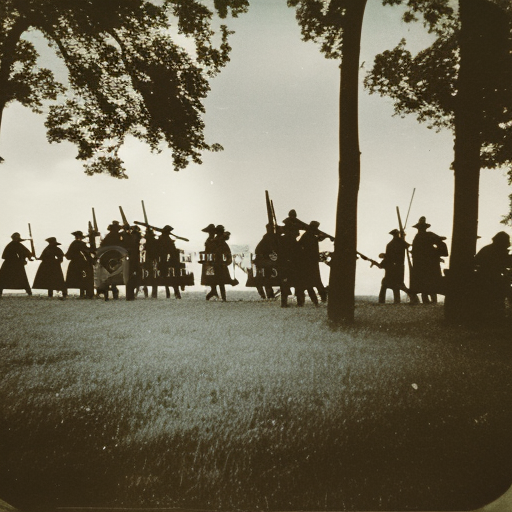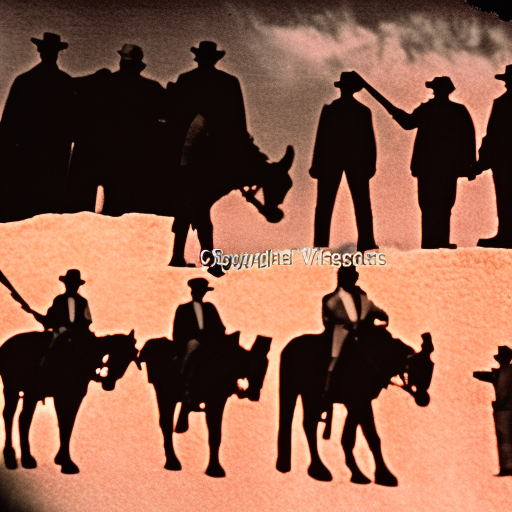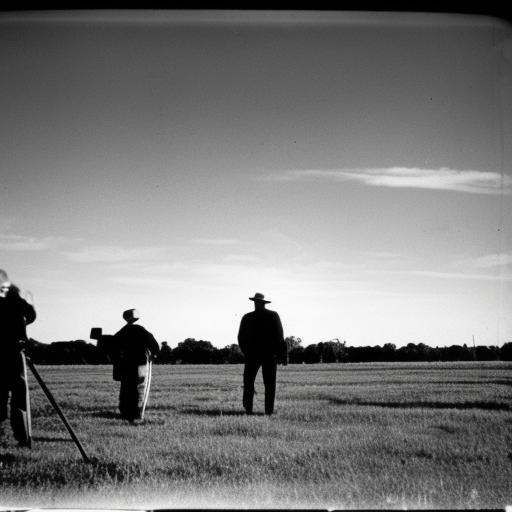The Battle of Tippecanoe (1811)
The Battle of Tippecanoe, also known as the Battle of Prophetstown, was a significant conflict that took place on November 7, 1811, near the Tippecanoe River in present-day Indiana. It was a clash between the United States forces led by Governor William Henry Harrison and a confederation of Native American tribes led by Shawnee leader Tecumseh and his brother Tenskwatawa, also known as the Prophet.
Background:
Tensions between Native American tribes and the United States had been escalating due to the westward expansion of American settlers into Native American lands. Tecumseh, a charismatic leader, sought to unite the tribes and resist further encroachment. He believed that Native Americans should form a confederation to protect their lands and way of life.
Tecumseh’s brother, Tenskwatawa, played a crucial role in the movement. He claimed to have received visions from the Great Spirit, which he used to inspire and unite the tribes against the American settlers. Tenskwatawa’s influence grew, and his settlement, Prophetstown, became a center for Native American resistance.
Preparation and Conflict:
Governor Harrison, aware of the growing Native American confederation, decided to take action. He assembled a force of about 1,000 men, including regular soldiers and militia, and marched towards Prophetstown. Harrison hoped to disperse the confederation and weaken Tecumseh’s influence.
On November 6, 1811, Harrison’s forces arrived near Prophetstown and set up camp. The next morning, they were attacked by Native American warriors. The battle that ensued became known as the Battle of Tippecanoe.
The Battle:
The Native American warriors launched a surprise attack on Harrison’s camp before dawn. The American forces, though caught off guard, quickly organized a defense. The battle lasted for several hours, with intense fighting on both sides.
Harrison’s troops repelled the Native American attacks and eventually forced them to retreat. The battle was a tactical victory for the American forces, but it came at a high cost. The Americans suffered 62 killed and 126 wounded, while the Native Americans lost around 37 warriors.
Aftermath:
Although the Battle of Tippecanoe was a victory for the United States, it did not completely end Native American resistance. Tecumseh and his confederation continued their efforts to unite the tribes against American expansion. However, the defeat at Tippecanoe weakened their cause and temporarily halted their momentum.
The battle also had political implications. Harrison’s victory at Tippecanoe elevated his status and reputation, making him a national hero. It propelled him into the national spotlight and eventually helped him secure the presidency in 1840.
Furthermore, the Battle of Tippecanoe marked a turning point in Native American relations with the United States. It intensified the conflict between the two sides and set the stage for future clashes, such as the War of 1812, which saw Native American tribes siding with the British against the United States.
In conclusion, the Battle of Tippecanoe was a significant conflict that took place in 1811 between the United States forces and a confederation of Native American tribes led by Tecumseh and the Prophet. The battle resulted in a tactical victory for the United States, but it did not end Native American resistance. It further strained relations between the two sides and set the stage for future conflicts.












